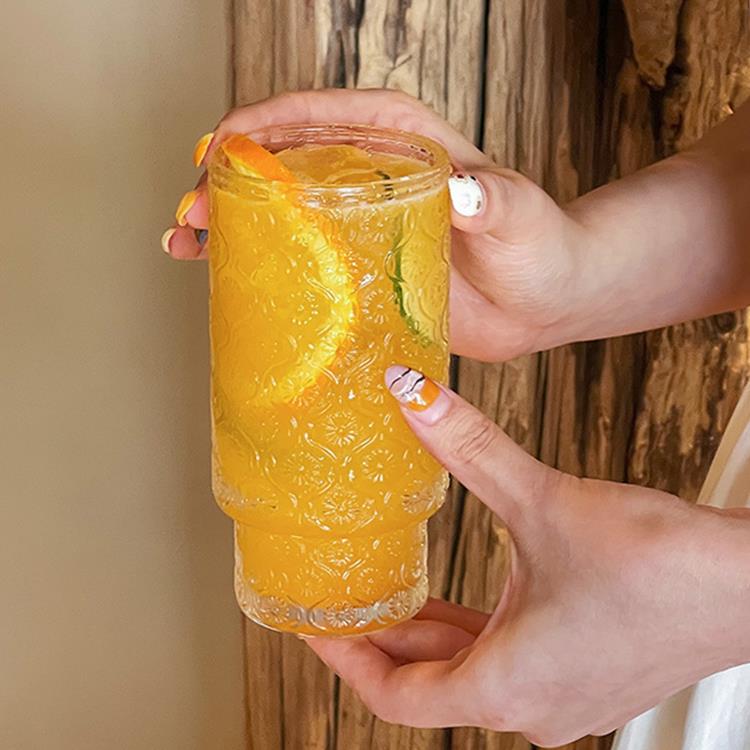What are Botanicals and What is a Botanical Drink?
What are Botanicals and What is a Botanical Drink?
Plants colonized terrestrial environments approximately 500 million years ago. Humans have utilized roughly 7,000 distinct plant species as food sources throughout recorded history. **Botanicals** encompass dried or fresh plant materials, specific plant components, or chemically isolated/combined constituents extracted using ethanol, water, other organic solvents, essential oils, oleoresins, or similar methods. These extracts serve purposes including fragrance creation, flavor enhancement, functional health support, and medicinal applications. The historical use of botanicals spans millennia and diverse applications, notably as beverage components. Historical records indicate that as early as 150 A.D., Roman gladiators consumed drinks prepared from charred plant ashes to aid recovery.
Driven by consumer demand for distinctive, health-oriented beverages, botanical ingredient incorporation is accelerating. Projections indicate the global plant-based beverage market will achieve a value of $33.96 billion by 2026, expanding at a compound annual growth rate (CAGR) of 13.3% between 2017 and 2026. Zion Market Research estimates the worldwide food botanicals market reached approximately $1,186.1 billion in 2018, with forecasts predicting growth to around $1,489.3 billion by 2025, representing a CAGR of roughly 3.2% from 2019 to 2025.

Advantages and Rising Appeal of Botanical Beverages
Key ingredient trends emerging in 2019—such as heightened demand for functionally targeted, traditionally medicinal, and niche/premium components—pave the way for increased botanical experimentation. Consumers perceive botanicals as embodying a natural, time-honored approach to well-being, actively seeking foods and drinks containing ingredients that support nutritional and emotional equilibrium. Datassential documented a 176% surge in turmeric mentions on menus over four years, while Nielsen reported nearly $200 million in sales for ginger-infused beverages within a single year.
The escalating preference for clean-label and organic offerings further fuels botanical popularity. As consumers increasingly avoid artificial flavors and colors, they demonstrate greater receptiveness to botanical inclusion across a broad beverage spectrum, encompassing functional drinks, craft beers, and cocktails.
Regulatory Approval for Ingredients
A plant origin does not automatically qualify an ingredient for beverage use. The U.S. Food and Drug Administration (FDA) mandates that food and beverage ingredients must either secure premarket approval as food additives or possess established Generally Recognized as Safe (GRAS) status. While many botanicals have centuries of use conferring GRAS standing, any ingredient lacking established safety recognition requires prior FDA authorization. The FDA stipulates GRAS determination can arise from scientific evaluation or, for substances used in food before 1958, through evidence of extensive historical consumption. Compiling the scientific safety dossier demanded by the FDA can span several years for manufacturers.
Within the European Union, all authorized food additives carry an E-number identifier. Pre-market authorization is mandatory before use in foods or beverages. Additives must always be declared on ingredient lists. Authorization for a novel additive or a new application of an existing one commences with a formal application to the European Commission, supported by scientific data detailing proposed uses and dosage levels.
Procuring Botanicals for Beverages
Given risks like adulteration and fraud inherent in natural ingredients, meticulous attention to botanical sourcing is critical. The term "botanical" can denote raw plant material, a manufacturing-ready ingredient, or the finished product itself. Identification, testing requirements, and regulatory oversight shift depending on the processing stage. For instance, once coffee beans are dried and prepared for shipment, their botanical identification transitions from the coffee plant to the coffee bean commodity. Botanical products frequently involve production in one location and distribution to another.
Opting for well-known, branded ingredients can mitigate risk, though adulteration remains possible even with brands. Mitigation strategies include requesting supplier documentation verifying identity, obtaining quality testing samples, and ensuring alignment with third-party specifications. This helps guarantee purchased ingredients meet beverage quality standards. Note that many botanicals originate from specific global regions, impacting sourcing complexity and logistics costs. Securing and verifying high-quality botanical ingredients is often resource-intensive and time-consuming, factors that must be integrated into formulation and production planning.
Formulation Hurdles with Botanical Beverages
Beyond sourcing, formulating beverages with botanicals presents distinct challenges. Many natural botanical ingredients impart unique textures, potent flavors, and pronounced colors that significantly influence the final product. Solubility is another critical factor throughout development and manufacturing. While water-soluble extracts are purchasable for some botanicals, they aren't universally available. Carbonation introduces further complexity; non-water-soluble botanicals may leave sediment in tanks. Continuous sensory evaluation during development is essential for timely adjustments. Shelf-life testing and tasting at multiple stages are also crucial. Engaging a formulator experienced with the specific botanical ingredient ensures its properties are optimally integrated into the final recipe.
The Evolving Landscape of Botanical Drinks
Growing demand for botanical ingredients spurs parallel advancements in expertise and technology. Enhanced transparency and traceability initiatives are emerging across supply chains, alongside novel, more cost-effective quality testing methods. Innovations are underway to improve ingredient micro-encapsulation and dispersion techniques. Technology is also refining extraction processes and facilitating the deodorization and de-flavoring of components. The present moment represents a prime opportunity to explore the vast potential of botanicals in inspiring original and groundbreaking beverage concepts.